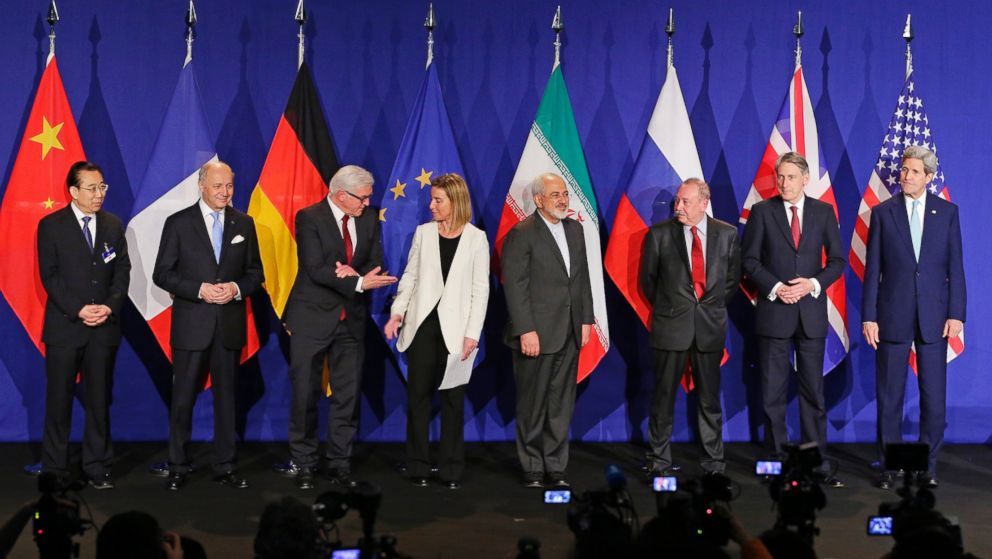
After many months of negotiations, the P5+1 — the United States, the United Kingdom, France, China, Russia and Germany — along with the European Union, have achieved a long-term nuclear deal with Iran that will prevent Iran from acquiring a nuclear weapon and ensure that Iran’s nuclear program will be peaceful going forward.
The deal builds on the foundation of the Joint Plan of Action (JPOA), achieved in November of 2013, and the framework for this Joint Comprehensive Plan of Action (JCPOA), announced in Lausanne on April 2, 2015 that set the requirements for the deal with the P5+ 1 and Iran, alongside the European Union announced today.
The deal has several key components to prevent Iran obtaining a nuclear weapon. Building a nuclear bomb requires tens of thousands of centrifuges and enough highly enriched uranium to produce enough material to construct a uranium bomb. But thanks to this nuclear deal, Iran must reduce its stockpile of uranium by 98%, as well as centrifuges for the next ten years. Iran could also build a nuclear weapon is by using weapons-grade plutonium.Right now,the only site where Iran could accomplish this is the Arak reactor. This reactor could be used in a weapons program, but under this deal, the reactor will be redesigned so it cannot produce any weapons-grade plutonium.
But what if they try to build a nuclear program in secret? Under the new nuclear deal, Iran has committed to monitoring, verification, and inspection. International inspectors from the International Atomic Energy Agency (IAEA) will be continuously monitoring every element of Iran’s declared nuclear program.
This deal removes the key elements needed to create a bomb. Iran won’t garner any new sanctions relief until the IAEA confirms that Iran has followed through with its end of the deal. Should Iran violate any aspect of this deal, the U.N., U.S., and E.U. can snap the sanctions that have crippled Iran’s economy back into place.
Congress has 60 days to review the deal. If they oppose it, they can pass a resolution of disapproval to block its implementation. The Obama administration now has five days to certify the agreement and formally present the deal to Capitol Hill. The clock on that 60 day period will not start until the official document is delivered to Capitol Hill. While Obama said that he welcomed debate over the deal, he very bluntly threatened to veto any measure that would block it from taking effect.














